Dowlat Abad Garden, located in the city of Yazd, is a splendid example of Persian garden design, known for its stunning beauty and historical significance. This UNESCO World Heritage site, dating back to the 18th century, was commissioned by Mohammad Taqi Khan, a prominent ruler of Yazd, as a private residence and retreat.
The garden’s layout is a masterpiece of Persian landscaping, featuring long, symmetrical water channels lined with tall cypress and pine trees. The sound of flowing water and the sight of lush greenery provide a refreshing contrast to the surrounding arid desert, creating a tranquil and serene environment.
At the heart of Dowlat Abad Garden stands its most famous feature: the octagonal pavilion crowned with the world’s tallest windcatcher, or badgir, which rises 33 meters high. This ingenious structure uses natural ventilation to cool the building, showcasing the advanced architectural techniques of the time. The pavilion itself is adorned with intricate stained glass windows, delicate lattice work, and exquisite tile designs, reflecting the artistic elegance of Persian architecture.
The garden also includes a variety of other buildings, such as the summer and winter pavilions, designed to accommodate the changing seasons. These structures, with their beautiful decorations and thoughtful design, add to the garden’s charm and functionality.
Dowlat Abad Garden is more than just a historical site; it is a living testament to the Persian philosophy of harmony between nature and human habitation. Visitors can stroll through its peaceful paths, relax by the water features, and admire the architectural beauty, gaining a deeper appreciation for the cultural heritage of Yazd.


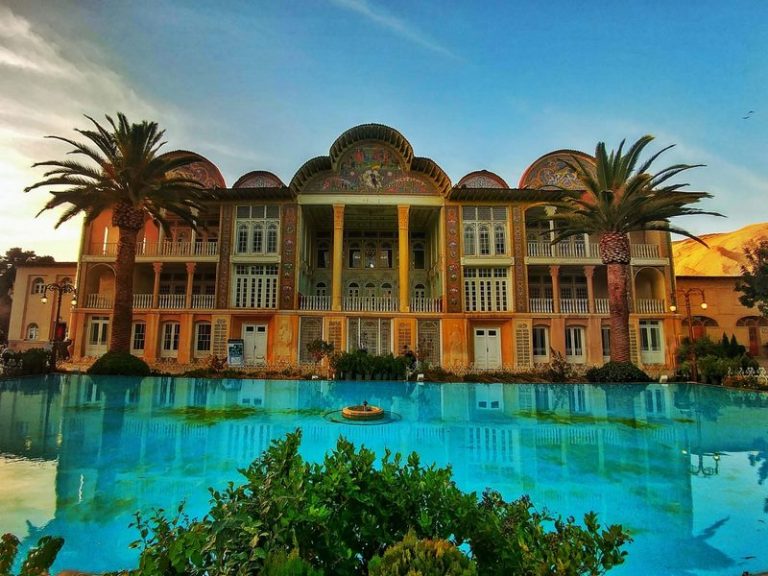
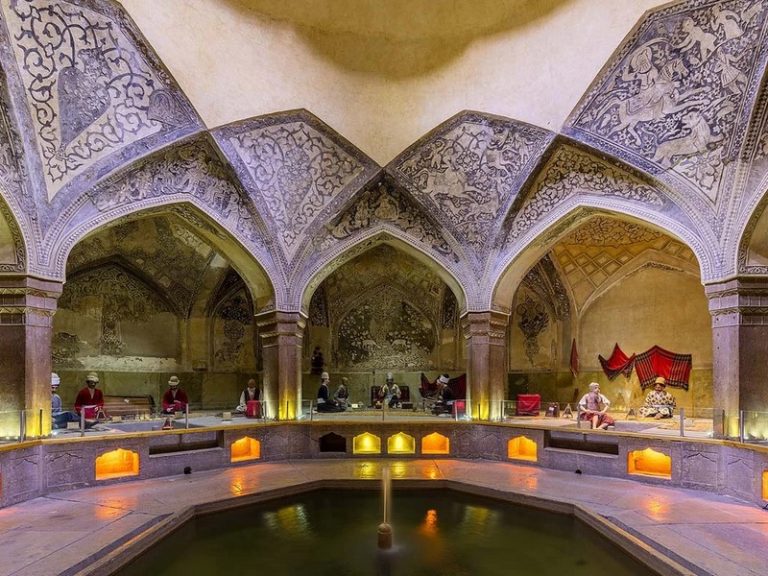
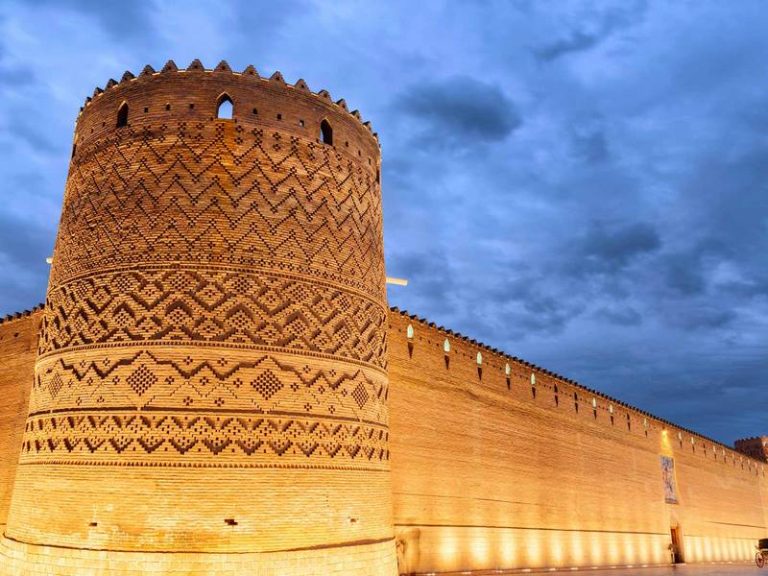
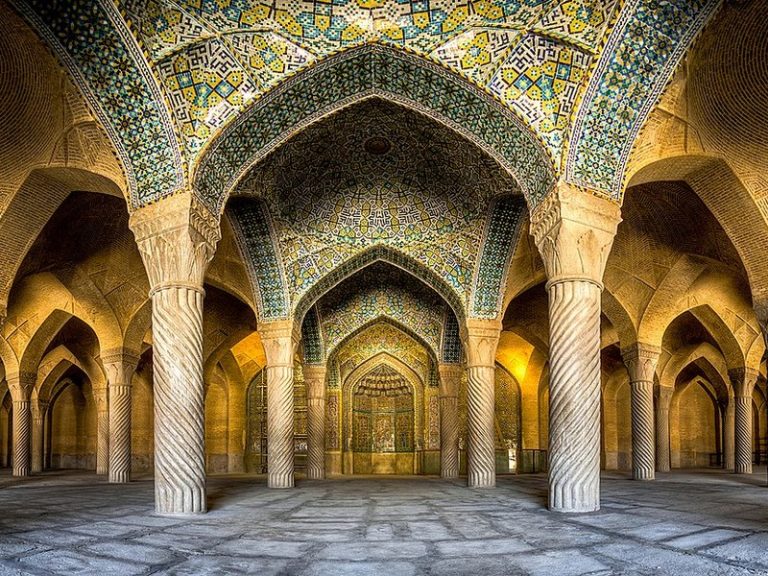
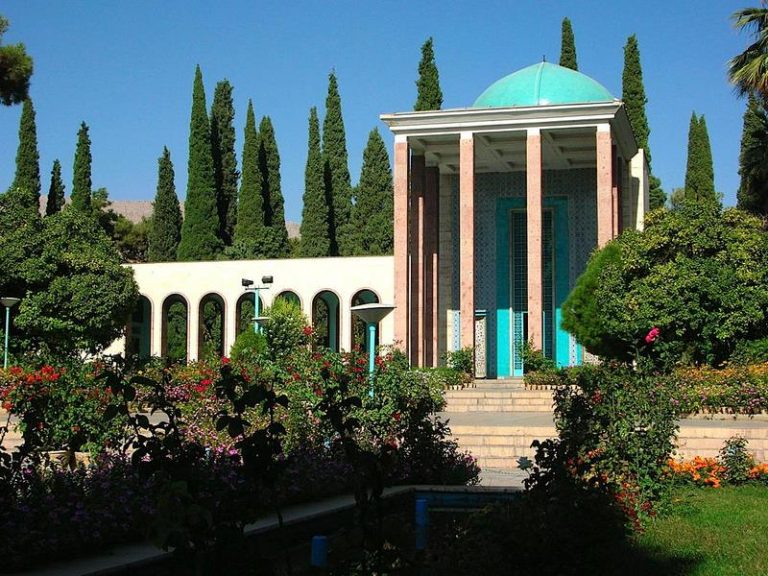

0 Comment